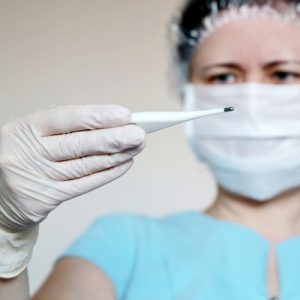 Nursing homes that escaped the virus “took COVID-19 very seriously from day one,” Marianne Udow-Phillips, CHRT’s founding executive director, tells Patricia Anstett in “Here’s what Michigan nursing homes that escaped coronavirus did right.” Anstett’s Bridge Magazine story focuses on the practices these facilities employed to protect their residents from the pandemic.
Nursing homes that escaped the virus “took COVID-19 very seriously from day one,” Marianne Udow-Phillips, CHRT’s founding executive director, tells Patricia Anstett in “Here’s what Michigan nursing homes that escaped coronavirus did right.” Anstett’s Bridge Magazine story focuses on the practices these facilities employed to protect their residents from the pandemic.
“Consumers and their families need to ask assisted living facilities about the volume of COVID-19 cases and deaths; how often residents and staff are tested; whether a facility has adequate PPE, and their policies for visitation and delivery, “especially going into the fall’’ when the virus may resurge again,” Udow-Phillips says in the piece.
Another important practice, she says, is collecting data that will help us understand “whether the nursing home quality metrics measured by Medicare or others are sufficient to judge which homes have good track records for staying infection-free. Current yardsticks tend to identify “process measures, not outcomes, in healthcare,” she said, tallying things like adherence to medication administration, or the use of restraints.”
READ HERE’S WHAT MICHIGAN NURSING HOMES THAT ESCAPED CORONAVIRUS DID RIGHT
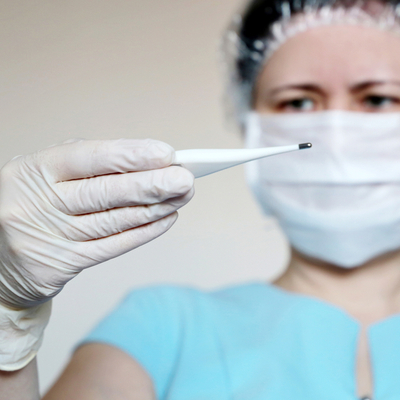
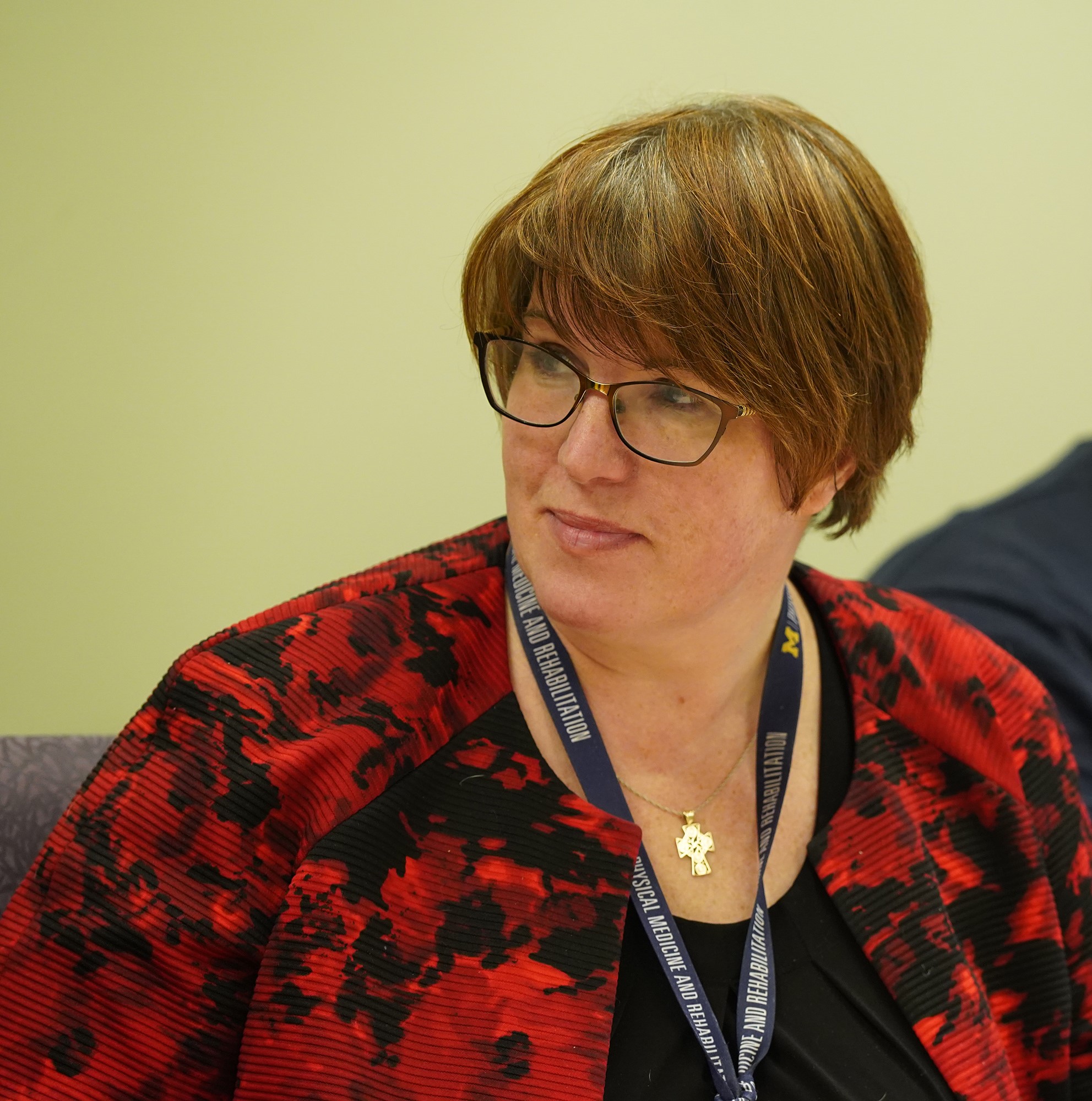
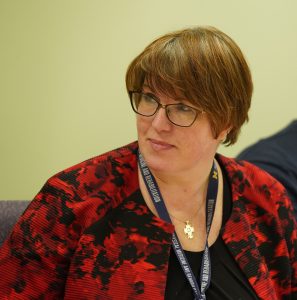 Michelle Meade, co-director of the Center for Disability Health and Wellness at U-M and one of CHRT’s 2020 health policy fellows, is in Bridge Magazine. “They care for Michigan’s most vulnerable; we should care for them,” writes Meade, referring to the caregivers who have shown up to support “the lives, health, and functioning of others” during the coronavirus pandemic and, in the process, “put their own health and lives at risk.”
Michelle Meade, co-director of the Center for Disability Health and Wellness at U-M and one of CHRT’s 2020 health policy fellows, is in Bridge Magazine. “They care for Michigan’s most vulnerable; we should care for them,” writes Meade, referring to the caregivers who have shown up to support “the lives, health, and functioning of others” during the coronavirus pandemic and, in the process, “put their own health and lives at risk.”
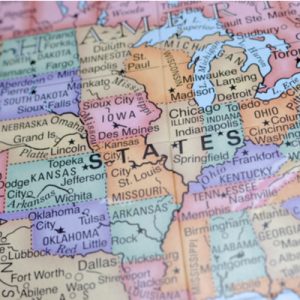 The
The 
 Beaumont announced it is in merger talks with Advocate Aurora Health, a major healthcare system in other parts of the Midwest says Hank Winchester, reporting for Click on Detroit.
Beaumont announced it is in merger talks with Advocate Aurora Health, a major healthcare system in other parts of the Midwest says Hank Winchester, reporting for Click on Detroit. 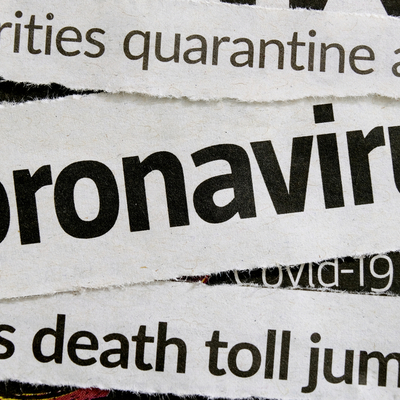
 “By multiple measures, coronavirus COVID-19 has been particularly deadly in Michigan” reports Julie Mack in a recent MLive story. “Michigan’s high covid death rate equates to almost 10 percent of the state’s confirmed cases,” writes Mack. “That’s the highest percentage in the country.”
“By multiple measures, coronavirus COVID-19 has been particularly deadly in Michigan” reports Julie Mack in a recent MLive story. “Michigan’s high covid death rate equates to almost 10 percent of the state’s confirmed cases,” writes Mack. “That’s the highest percentage in the country.”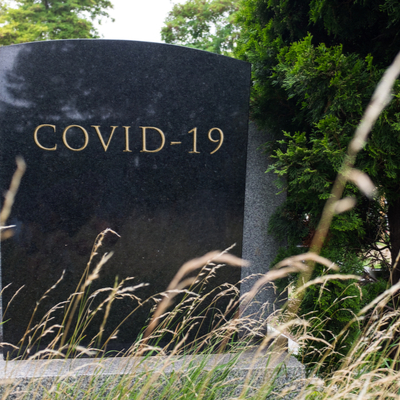

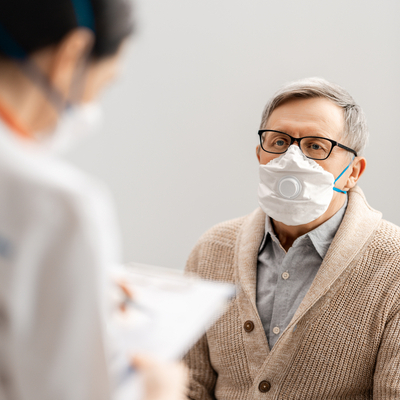
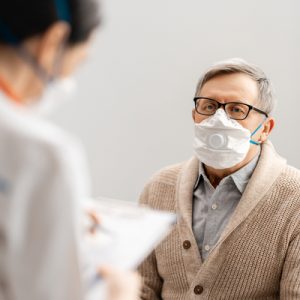 In
In 
 Healthcare professionals are in a dilemma. Sick people are putting off medical attention, even if they are suffering from life-threatening conditions. Healthcare providers are working to persuade those who need urgent medical attention to receive the necessary treatment.
Healthcare professionals are in a dilemma. Sick people are putting off medical attention, even if they are suffering from life-threatening conditions. Healthcare providers are working to persuade those who need urgent medical attention to receive the necessary treatment.
 The novel coronavirus is not only causing massive stress on hospital systems, but it is also threatening the existence of independent practices in Michigan. Ted Roelofs, in his latest story for Bridge Magazine, shares that as cases started to increase, and social distancing rules were implemented in March, private practices saw a dramatic decline in patients and revenue.
The novel coronavirus is not only causing massive stress on hospital systems, but it is also threatening the existence of independent practices in Michigan. Ted Roelofs, in his latest story for Bridge Magazine, shares that as cases started to increase, and social distancing rules were implemented in March, private practices saw a dramatic decline in patients and revenue. 
 CHRT Executive Director
CHRT Executive Director